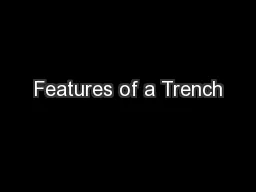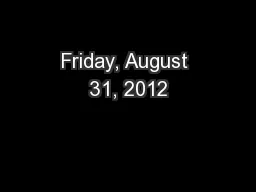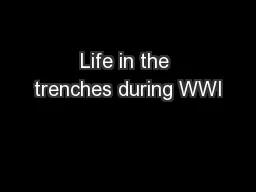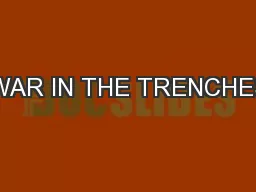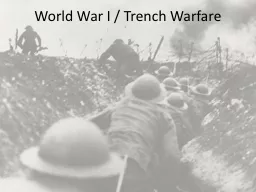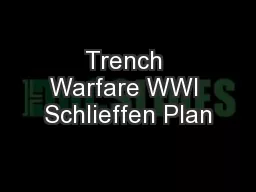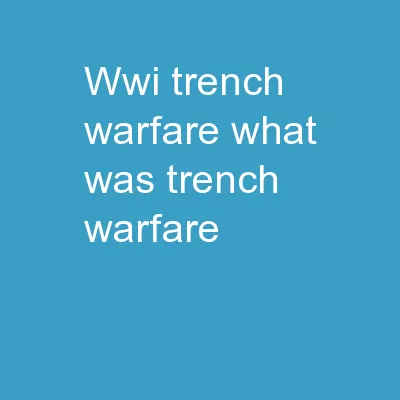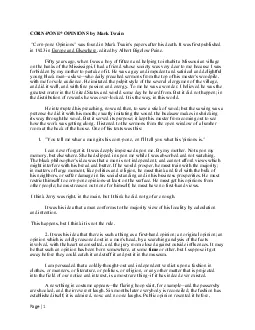PPT-Using the source, what opinions can you form about trench
Author : natalia-silvester | Published Date : 2016-07-11
w arfare What part of the image made you form this opinion From this source I can tell that trench warfare is Key Question What effect did trench warfare have on
Presentation Embed Code
Download Presentation
Download Presentation The PPT/PDF document "Using the source, what opinions can you ..." is the property of its rightful owner. Permission is granted to download and print the materials on this website for personal, non-commercial use only, and to display it on your personal computer provided you do not modify the materials and that you retain all copyright notices contained in the materials. By downloading content from our website, you accept the terms of this agreement.
Using the source, what opinions can you form about trench: Transcript
Download Rules Of Document
"Using the source, what opinions can you form about trench"The content belongs to its owner. You may download and print it for personal use, without modification, and keep all copyright notices. By downloading, you agree to these terms.
Related Documents


